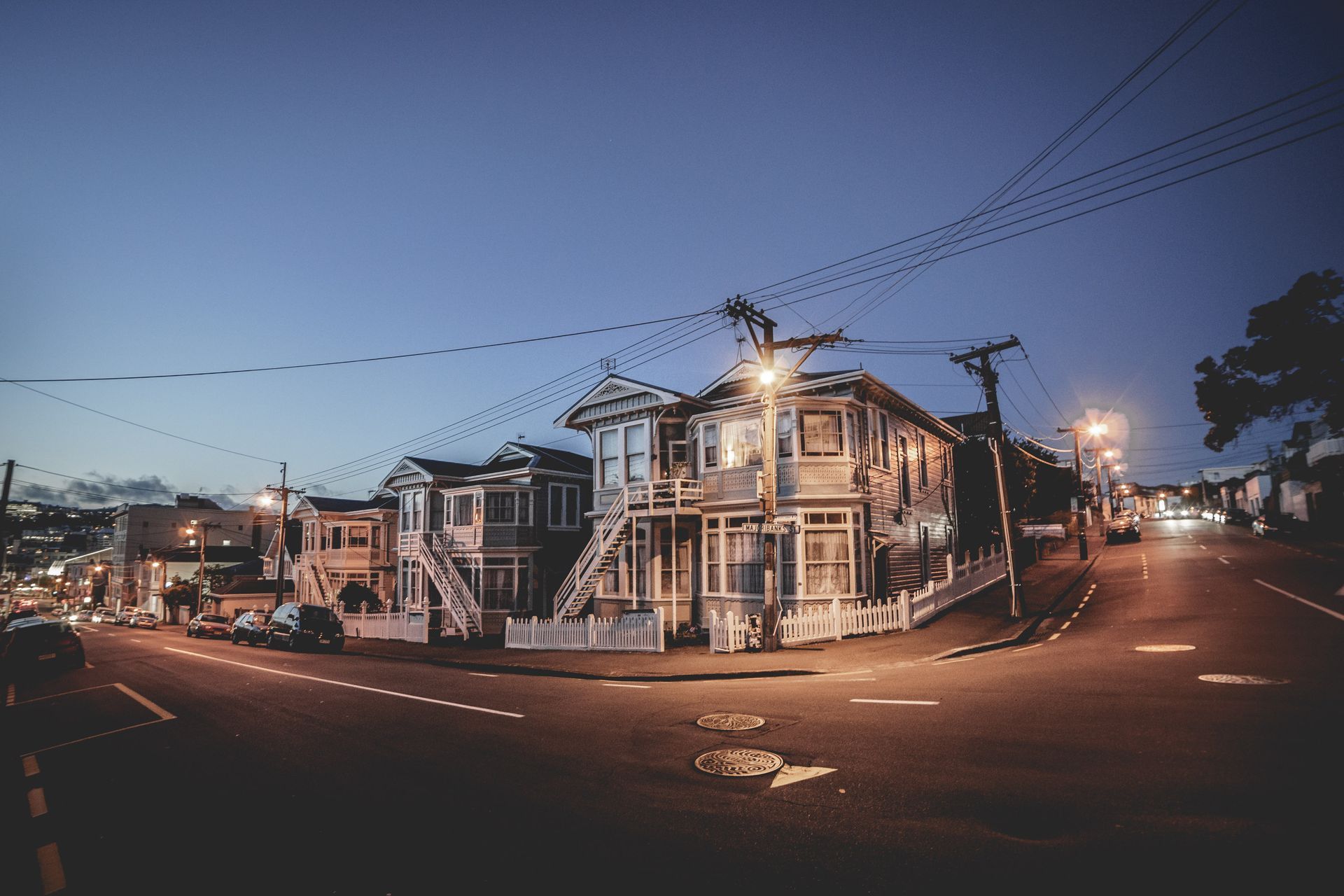Fixing a leaky home: how much will it cost?

The leaky homes crisis has had an enormous impact on New Zealand’s housing stock throughout the decades. From the first discoveries of serious issues in the 1990s and up until today, the crisis has affected around 174,000 homes so far – which of course doesn’t include commercial or public buildings.
Leaky homes are marked by their susceptibility to have moisture in the spaces between interior walls and cladding, with no way to drain out – leaving the very integrity of the home in question, and almost inevitably leading to expensive repairs and remediation.
‘Expensive’ is somewhat of an understatement: in his recent book documenting the saga, journalist Peter Dyer named it ‘the most expensive self-inflicted disaster in New Zealand history’ – one that has cost around $47 billion so far.
This is mostly due to the sheer structural damage it can do to a building: leaky homes are affected by rot, mould and mildew, which can in turn cause swollen walls, cracks in the cladding and rotten carpet if the problem is undiagnosed for long enough.
Companies like Bear Construction are often the first port of call for those affected by the crisis. Though the company offers a comprehensive range of services in residential alterations and renovations, their true bread and butter is in leaky home remediation and renovation – a niche that it has been filling in the Wellington and Hutt Valley for over a decade.

The ins and outs of fixing a leaky home
Bear Construction’s owner and founder Phil Ashton says the company has paid a lot of attention to the crisis. “We started building our expertise in leaky homes because we saw how much damage it was doing to the housing stock as well as the havoc it was having on homeowners’ financial situation, so we decided early on that that would be our focus.”
So how does the company tackle fixing leaky homes?
It starts with a consultation, either over the phone or in person, Phil says. “Then we’ll go in and do some testing of the areas where the client thinks the problems are – either I myself will do this or one of our expert timber surveyors and remediators.”
“Every situation is different, but at this point we’ll ask the client whether they want to do a partial fixup, or if they want to do something that will last,” says Phil. “A full fix usually includes full reclads, which are big jobs.”
If the house requires a full reclad for its remediation, this is where architects and engineers become involved. Phil and his team maintain good relationships with their preferred contractors in this regard – and the team makes sure to properly introduce the clients to the architects and engineers so as to ensure familiarity throughout a process which could potentially take months.
“After those introductions are done, I’ll take a step back and let the architects do their thing – doing all their drawings and plans. When it gets sent to council for consent, we receive the drawings, and can provide a quote the same time as consent is granted from council.”
This can typically take from four to six weeks.

The nitty gritty
Once consent is given, it’s time for work to begin.
“Then we go in and scaffold the property to get it ready to work on,” says Phil. “We can either do a full or partial scaffolding, depending on what the client wants.
“Once the scaffolding is up and cladding removed, the timber remediator will come in and indicate what framing needs to be ripped out. Then we get to work, replacing that cladding as needed.”
That’s the process – but what about the cost? Phil reiterates that every project is different – but after years in the industry, he’s come up with a general ball-park figure that homeowners of leaky houses can expect to fork out.
“At the moment, the industry average for recladding leaky homes is about $1,700 - $2,000 per square metre,” he says. “Obviously there’s variation – whether the house is on a slope, the severity of the damage.
“This figure includes the scaffolding, ripping off the damaged material, replacing the cladding, new windows & external doors, as well as painting of the property too,” says Phil. Generally everything, but not plumbing or electrical.
Phil says he and his team are confident in this estimate due primarily to their sheer wealth of experience in the industry – and that they’re learning more every day.
Learn more about Bear Construction and its expertise in remediating leaky homes.
